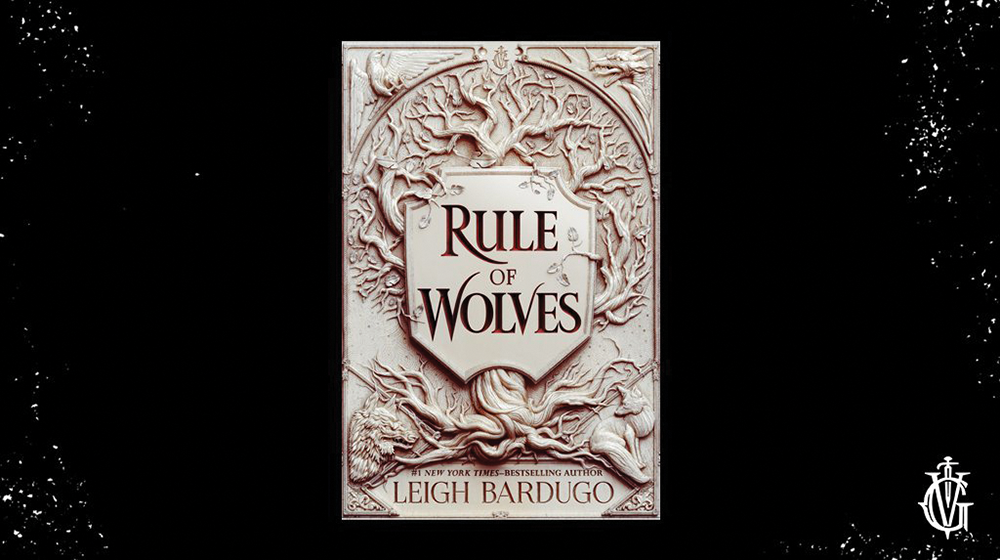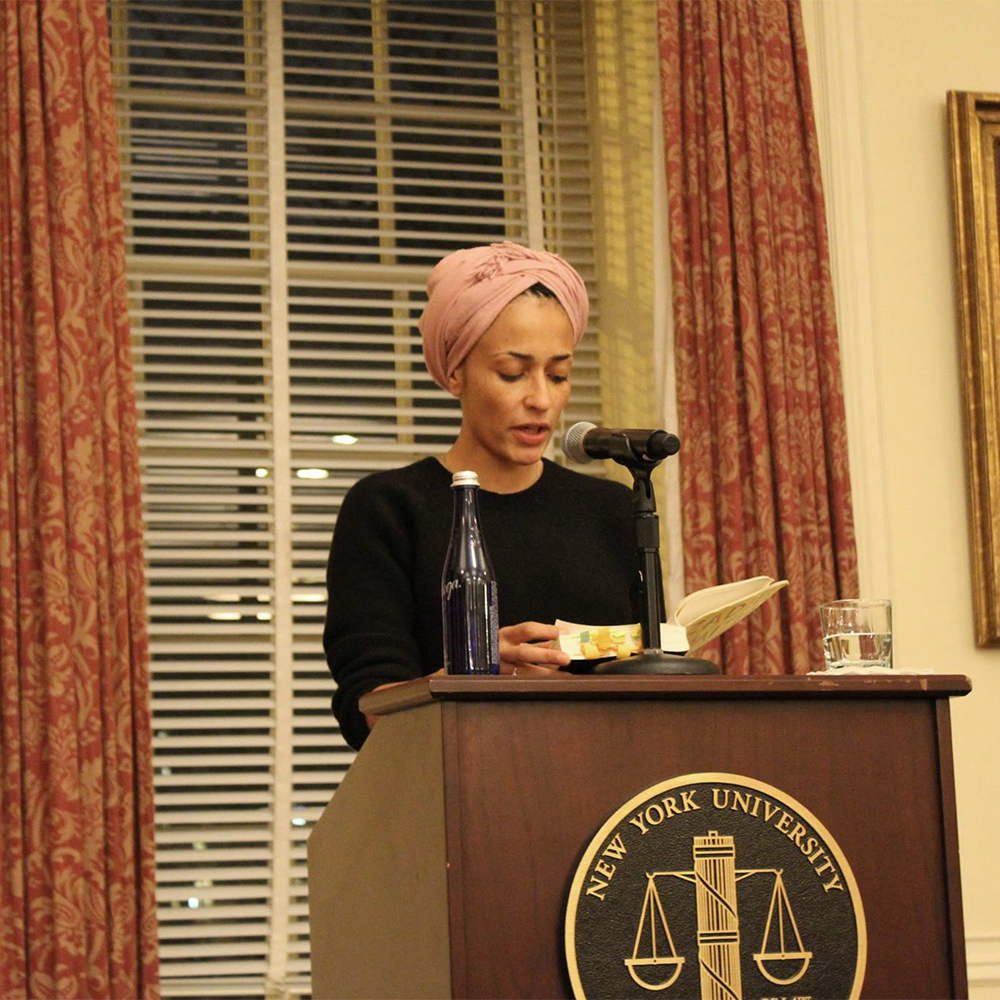Netflix, as if it were not already ubiquitous, has certainly flourished this year, but for those tired of Netflix and looking for a change in entertainment media, the fictional worlds gracing the bestseller list in “The New York Times” provide a cozy escape. As a chilly fall rapidly descends, there is no better time to curl up, grab an acclaimed book and dig in.

“Circe” by Madeline Miller
A masterclass in captivating storytelling and inspired style, Miller reconstructs the life of its titular famed Greek mythological witch in this enthralling novel. A must read for now-adult fans of “Percy Jackson & the Olympians,” Miller postures Circe as a witch within the confines of an oppressive Greek mythological order, ruled by Olympians and Titans who constantly seek to undermine and underestimate her. Fueled by nothing more than her hard work and intuition, Circe hones her esoteric witchcraft, allowing her to eventually hold her own with even the most famous gods and heroes who cross her path. A novel of motherhood, family and political drama, the tale of intrigue in “Circe” does not disappoint. Verdict: hot.
“Little Fires Everywhere” by Celeste Ng
Nestled in the peaceful Cleveland, Ohio, suburb of Shaker Heights, Ng’s saga of two antithetical but bonded families sees them violently break apart, leading to disaster for the neighborhood. Migrant photographer Mia Warren and her daughter Pearl are the new family in town, having moved from New York City to quiet Shaker Heights where they rent a house from the Richardson clan, a stereotypical suburban family. Led by matriarch Elena, the Richardson children quickly bond with the Warrens, leading to the families’ doomed entanglement. A novel that begets questions of society and perspective, this adolescent-geared book may fit the bill for a quick vacation read, but may not appeal to older readers looking for a more substantive piece. Verdict: not.
“The Ballad of Songbirds and Snakes” by Suzanne Collins
As Collins’ latest entry in The Hunger Games canon, this prequel follows the childhood and adolescence of main series protagonist President Snow. Serving as a deep dive into Snow’s villainous ascent, Collins’ novel constructs a tale of redemption, loyalty and above all, Snow’s destructive ambition. The crux of the story takes place during the 10th Hunger Games following the first rebellion of the districts, when Snow serves as a mentor to District 12’s illustrious minstrel Lucy Gray. At times very slow and lacking a coherent narrative to account for Snow’s gradual turn to the dark side, Collins’ novel relies on fan loyalty and nostalgia, rather than an intriguing plot and character development. Verdict: not.
“The Guest List” by Lucy Foley
A quick-read murder mystery, “The Guest List” is everying readers could want in a mindless page turner: dark and stormy settings, rotating character point of views, unfolding secrets and, of course, an ending that will leave everyone surprised. Following an English destination wedding on an Irish isle, Foley provides the perfect literary escape for students wanting a break from stressful and dense assigned texts. “The Guest List” serves as the closest thing to a foil to those heavier and more draining pieces with its straightforward concept that retains interest. As long as you know what you are getting into, definitely go for it. Verdict: hot.
“The Handmaid’s Tale” by Margaret Atwood
“The Handmaid’s Tale” is arguably Atwood’s most famous work, and it deserves all the praise it receives. A dystopian novel set in a futuristic New England ruled by a male-dominated theocracy, the novel follows the trials and tribulations of Handmaid Offred. Ravaged by infertility, the Republic of Gilead maintains archaic and oppressive gender roles, leaving most fertile women to be subjugated as Handmaids — essentially baby surrogates for the men in power. As the narrative develops, more and more disturbing aspects of Gilead come to life, and Atwood deftly weaves in deep explorations of gender, oppression and power. The mature novel is food for thought as well as a powerful story. Verdict: hot.
“Where the Crawdads Sing” by Delia Owens
Probably one of the most buzzed-about bestsellers in the past few years, Owens’ “Where the Crawdads Sing” is a masterpiece of setting and description. Owens brings the rural North Carolina coast to life as it teems with a wealth of flora and fauna. Kya, the protagonist and reclusive native of the marsh, struggles to adapt to society and finds solace in nature, becoming one with her swampy surroundings. Readers, beware — this book features a split timeline that bounces between a climactic murder in 1969 and the events prior, beginning in 1952, which ultimately detracts from Owens’ artful storytelling style in favor of building anticipation and suspense. A must-read if only to join in on the conversation, “Where the Crawdads Sing” offers much in terms of characters, scenery and mystery. Verdict: hot.




















Carol Hurt • Oct 30, 2020 at 8:42 am
I like Little Fires Everywhere. Definitely different from The Netflix version. Crawdads was pretty good but I don’t think the author really knows what a swamp is – you couldn’t live there. Great reviews! Thanks.
Eugenia Burtschy • Nov 5, 2020 at 8:26 pm
Great article! Insightful and interesting, and I agree with all!